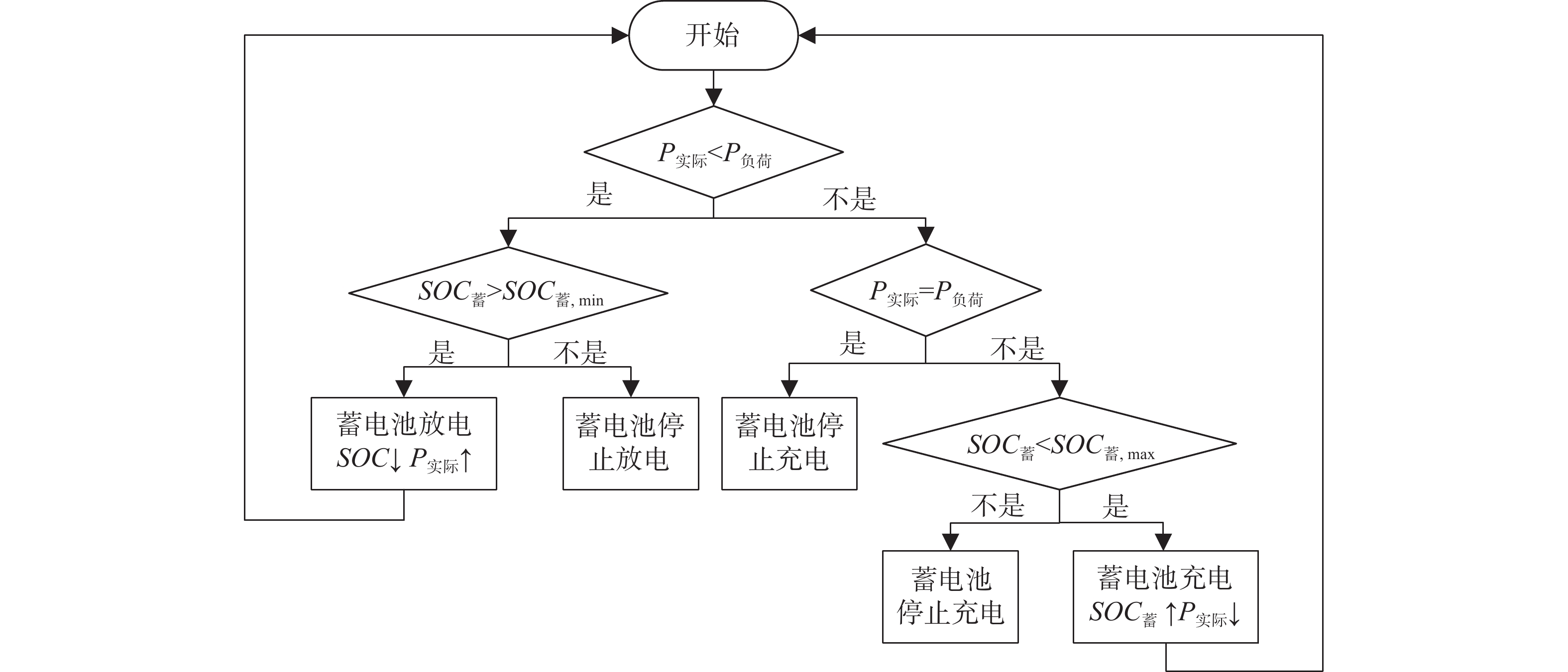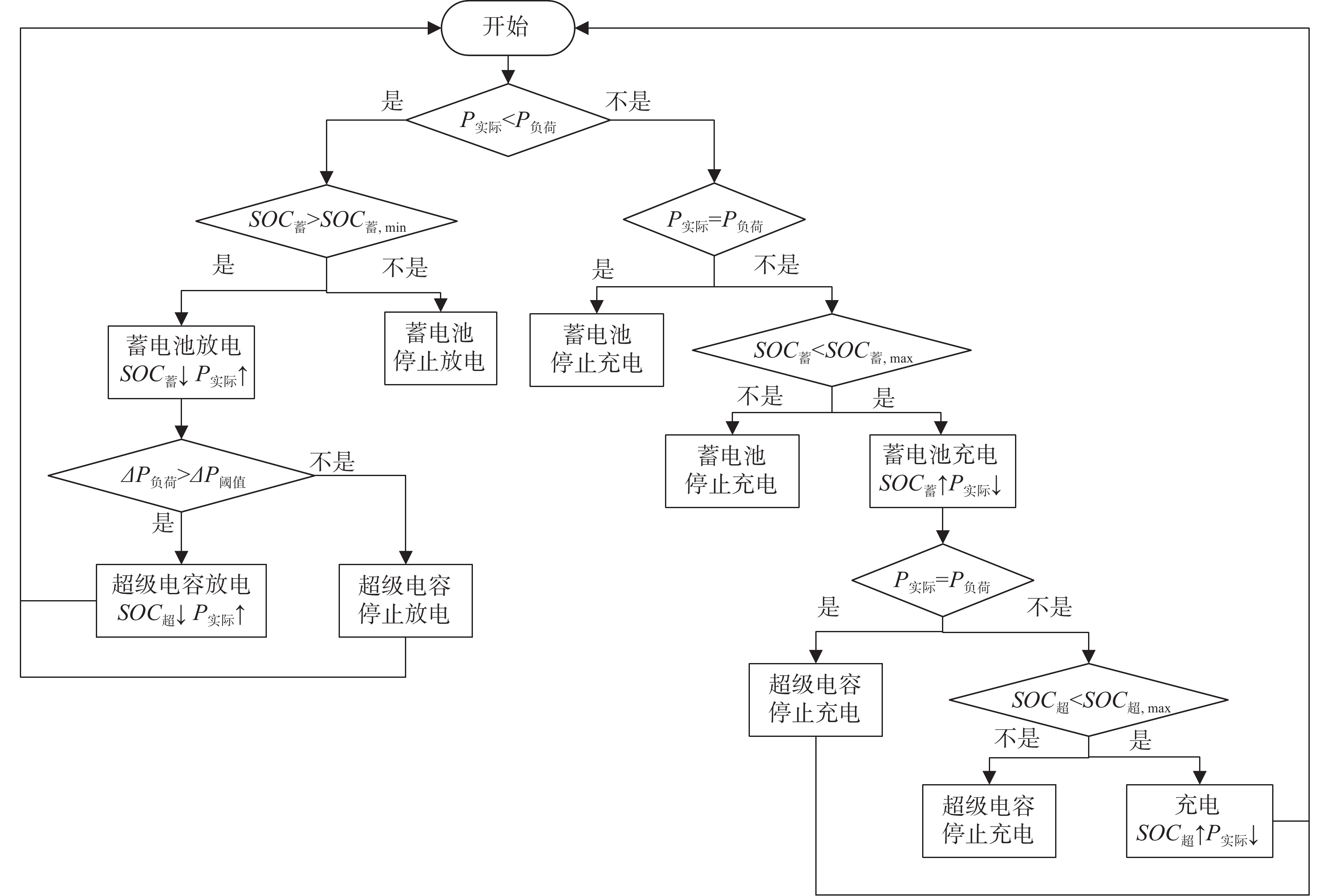| [1] |
汪宁渤, 马明, 强同波, 等. 高比例新能源电力系统的发展机遇、挑战及对策 [J]. 中国电力, 2018, 51(1): 29-35+50. DOI: 10.11930/j.issn.1004-9649.201711248. |
WANG N B, MA M, QIANG T B, et al. High-penetration new energy power system development: challenges, opportunities and countermeasures [J]. Electric Power, 2018, 51(1): 29-35+50. DOI: 10.11930/j.issn.1004-9649.201711248. |
| [2] |
杨帆, 张晶杰. 碳达峰碳中和目标下我国电力行业低碳发展现状与展望 [J]. 环境保护, 2021, 49(Supp.2): 9-14. DOI: 10.14026/j.cnki.0253-9705.2021.z2.001. |
YANG F, ZHANG J J. The status and prospect of low-carbon development of electric power industry in China under carbon peak and carbon neutrality targets [J]. Environmental Protection, 2021, 49(Supp.2): 9-14. DOI: 10.14026/j.cnki.0253-9705.2021.z2.001. |
| [3] |
张正陵. 中国“十三五”新能源并网消纳形势、对策研究及多情景运行模拟分析 [J]. 中国电力, 2018, 51(1): 1-9. DOI: 10.11930/j.issn.1004-9649.201711237. |
ZHANG Z L. Research on situation and countermeasures of new energy integration in the 13th Five-Year Plan period and its multi-scenario simulation [J]. Electric Power, 2018, 51(1): 1-9. DOI: 10.11930/j.issn.1004-9649.201711237. |
| [4] |
王金星. 大型燃煤热电联产系统研究现状和展望 [J]. 华北电力大学学报(自然科版), 2019, 46(6): 90-98. DOI: 10.3969/j.ISSN.1007-2691.2019.06.12. |
WANG J X. Research status and outlook of large coal-fired cogeneration system [J]. Journal of North China Electric Power University (Natural Science Edition), 2019, 46(6): 90-98. DOI: 10.3969/j.ISSN.1007-2691.2019.06.12. |
| [5] |
郭丰慧, 胡林献, 周升彧. 基于二级热网储热式电锅炉调峰的弃风消纳调度模型 [J]. 电力系统自动化, 2018, 42(19): 50-56. DOI: 10.7500/AEPS20180130009. |
GUO F H, HU L X, ZHOU S Y. Dispatching model of wind power accommodation based on heat storage electric boiler for peak-load regulation in secondary heat supply network [J]. Automation of Electric Power Systems, 2018, 42(19): 50-56. DOI: 10.7500/AEPS20180130009. |
| [6] |
何林轩, 李文艳. 飞轮储能辅助火电机组一次调频过程仿真分析 [J]. 储能科学与技术, 2021, 10(5): 1679-1686. DOI: 10.19799/j.cnki.2095-4239.2021.0283. |
HE L X, LI W Y. Simulation of the primary frequency modulation process of thermal power units with the auxiliary of flywheel energy storage [J]. Energy Storage Science and Technology, 2021, 10(5): 1679-1686. DOI: 10.19799/j.cnki.2095-4239.2021.0283. |
| [7] |
张东辉, 徐文辉, 门锟, 等. 储能技术应用场景和发展关键问题 [J]. 南方能源建设, 2019, 6(3): 1-5. DOI: 10.16516/j.gedi.issn2095-8676.2019.03.001. |
ZHANG D H, XU W H, MEN K, et al. Energy storage technology application scenarios and key issues of development [J]. Southern Energy Construction, 2019, 6(3): 1-5. DOI: 10.16516/j.gedi.issn2095-8676.2019.03.001. |
| [8] |
任大伟, 金晨, 侯金鸣, 等. 基于时序运行模拟的新能源配置储能替代火电规划模型 [J]. 中国电力, 2021, 54(7): 18-26. DOI: 10.11930/j.issn.1004-9649.202009017. |
REN D W, JIN C, HOU J M, et al. A planning model for new energy allocation storage to replace thermal power based on time-series operation simulation [J]. Electric Power, 2021, 54(7): 18-26. DOI: 10.11930/j.issn.1004-9649.202009017. |
| [9] |
马会萌, 李蓓, 李建林, 等. 面向经济评估的电池储能系统工况特征量嵌入性研究 [J]. 电力系统保护与控制, 2017, 45(22): 70-77. DOI: 10.7667/PSPC161724. |
MA H M, LI B, LI J L, et al. Research on the embeddedness of the characteristic quantity of the working condition of battery energy storage system for economic evaluation [J]. Power System Protection and Control, 2017, 45(22): 70-77. DOI: 10.7667/PSPC161724. |
| [10] |
LI Y H, WANG J X, GU C J, et al. Investment optimization of grid-scale energy storage for supporting different wind power utilization levels [J]. Journal of Modern Power Systems and Clean Energy, 2019, 7(6): 1721-1734. DOI: 10.1007/s40565-019-0530-9. |
| [11] |
李笑竹, 王维庆, 王海云, 等. 基于鲁棒优化的风光储联合发电系统储能配置策略 [J]. 太阳能学报, 2020, 41(8): 67-78. |
LI X Z, WANG W Q, WANG H Y, et al. Energy storage allocation strategy of wind-solar-storage combined system based on robust optimization [J]. Journal of Solar Energy, 2020, 41(8): 67-78. |
| [12] |
刘宇宸. 飞轮-蓄电池混合储能系统调频特性研究 [D]. 北京: 华北电力大学(北京), 2021. DOI: 10.27140/d.cnki.ghbbu.2021.001388. |
LIU Y C. Research on frequency modulation characteristics of flywheel-battery hybrid energy storage system [D]. Beijing: North China Electric Power University (Beijing), 2021. DOI: 10.27140/d.cnki.ghbbu. 2021.001388. |
| [13] |
杨子龙, 宋振浩, 潘静, 等. 分布式光伏/储能系统多运行模式协调控制策略 [J]. 中国电机工程学报, 2019, 39(8): 2213-2220. DOI: 10.13334/j.0258-8013.pcsee.182342. |
YANG Z L, SONG Z H, PAN J, et al. Multi-operation mode coordination control strategy for distributed PV/energy storage system [J]. Chinese Journal of Electrical Engineering, 2019, 39(8): 2213-2220. DOI: 10.13334/j.0258-8013.pcsee.182342. |
| [14] |
邢志同. 电池储能协调电采暖消纳弃风的运行控制与配置优化 [D]. 吉林: 东北电力大学, 2018. |
XING Z T. Operational control and configuration optimization of battery energy storage coordinating with electric heating to consume wind curtailment [D]. Jilin: Northeast Electric Power University, 2018. |
| [15] |
李军徽, 付英男, 李翠萍, 等. 提升风电消纳的储热电混合储能系统经济优化配置 [J]. 电网技术, 2020, 44(12): 4547-4557. DOI: 10.13335/j.1000-3673.pst.2020.0185a. |
LI J H, FU Y N, LI C P, et al. Economic optimal configuration of hybrid energy storage system for improving wind power consumption [J]. Power System Technology, 2020, 44(12): 4547-4557. DOI: 10.13335/j.1000-3673.pst.2020.0185a. |
| [16] |
付英男. 提高风电消纳的热电混合储能系统优化控制与配置 [D]. 吉林: 东北电力大学, 2020. DOI: 10.27008/d.cnki.gdbdc.2020.000187. |
FU Y N. Optimal method of control and configuration for thermo/electric hybrid energy storage system to improving wind power integration [D]. Jilin: Northeast Electric Power University, 2020. DOI: 10.27008/d.cnki.gdbdc. 2020. 000187. |
| [17] |
朱炳铨, 钱韦廷, 张俊, 等. 考虑风电消纳的电热混合储能系统优化定容方法 [J]. 电力建设, 2020, 41(12): 16-24. DOI: 10.12204/j.issn.1000-7229.2020.12.002. |
ZHU B Q, QIAN W T, ZHANG J, et al. Optimal capacity setting method of electric-thermal hybrid energy storage system considering wind power consumption [J]. Power Construction, 2020, 41(12): 16-24. DOI: 10.12204/j.issn.1000-7229.2020.12.002. |
| [18] |
李敏超, 杨俊友, 韩子娇, 等. 计及电热混合储能的风电消纳低碳经济调度模型研究 [J]. 东北电力技术, 2020, 41(5): 53-59+62. DOI: 10.3969/j.issn.1004-7913.2020.05.014. |
LI M C, YANG J Y, HAN Z J, et al. Study on low-carbon economic dispatching model for wind power accommodation with electrothermal hybrid energy storage [J]. Northeast Electric Power Technology, 2020, 41(5): 53-59+62. DOI: 10.3969/j.issn.1004-7913.2020.05.014. |
| [19] |
杨玉龙, 李湃, 黄越辉, 等. 面向弃风消纳的电储能-热电分级协调优化方法 [J]. 中国电力, 2020, 53(12): 127-135. DOI: 10.11930/j.issn.1004-9649.202002130. |
YANG Y L, LI P, HUANG Y H, et al. A hierarchical and coordinated optimization method of electric energy storage and thermoelectric power for abandoned wind power consumption [J]. Electric Power, 2020, 53(12): 127-135. DOI: 10.11930/j.issn.1004-9649.202002130. |
| [20] |
WANG H C, YIN W S, ABDOLLAHI E. , et al. Modelling and optimization of CHP based district heating system with renewable energy production and energy storage [J]. Applied energy, 2015, 159(Dec.1): 401-421. DOI: 10.1016/j.apenergy.2015.09.020. |
| [21] |
KASTURI K. , NAYAK C. K. , PATNAIK S. , et al Strategic integration of photovoltaic, battery energy storage & amp; switchable capacitor for multi-objective optimization of low voltage electricity grid: assessing grid benefits [J]. Renewable Energy Focus, 2022(prepublish). DOI: 10.1016/j.ref.2022.02.006. |
| [22] |
LI P, HU Q Y, SUN Y, et al. Thermodynamic and economic performance analysis of heat and power cogeneration system based on advanced adiabatic compressed air energy storage coupled with solar auxiliary heat [J]. Journal of Energy Storage, 2021, 42: 103089. DOI: 10.1016/j.est.2021.103089. |
| [23] |
胡基栋. 光储直流微电网运行协调控制技术研究 [D]. 呼和浩特: 内蒙古工业大学, 2021. DOI: 10.27225/d.cnki.gnmgu.2021.000462. |
HU J D. Research on operation coordination control technology of photovoltaic and storage DC microgrid [D]. Hohhot: Inner Mongolia University of Technology, 2021. DOI: 10.27225/d.cnki.gnmgu.2021. 000462. |
| [24] |
乔亮波, 张晓虎, 孙现众, 等. 电池-超级电容器混合储能系统研究进展 [J]. 储能科学与技术, 2022, 11(1): 98-106. DOI: 10.19799/j.cnki.2095-4239.2021.0229. |
QIAO L B, ZHANG X H, SUN X Z, et al. Research progress of battery-supercapacitor hybrid energy storage system [J]. Energy Storage Science and Technology, 2022, 11(1): 98-106. DOI: 10.19799/j.cnki.2095-4239.2021.0229. |
| [25] |
姚海涛. 混合储能在风光互补发电系统中的容量优化研究 [D]. 镇江: 江苏大学, 2021. DOI: 10.27170/d.cnki.gjsuu.2021.001832. |
YAO H T. Capacity optimization of hybrid energy storage in wind solar hybrid power generation system [D]. Zhenjiang: Jiangsu University, 2021. DOI: 10.27170/d.cnki.gjsuu.2021.001832. |
| [26] |
吴瑞鹏, 张程翔. 基于混合储能的风光储联合发电系统优化研究 [J]. 应用能源技术, 2022(3): 47-51. DOI: 10.3969/j.issn.1009-3230.2022.03.014. |
WU R P, ZHANG C X. Research on optimization of wind-solar- storage hybrid generation systems based on hybrid energy storage [J]. Applied Energy Technology, 2022(3): 47-51. DOI: 10.3969/j.issn.1009-3230.2022.03.014. |
| [27] |
GUO S, HE Y, PEI H, et al. The multi-objective capacity optimization of wind-photovoltaic-thermal energy storage hybrid power system with electric heater [J]. Solar Energy, 2020, 195: 138-149. DOI: 10.1016/j.solener.2019.11.063. |
| [28] |
郑琼, 江丽霞, 徐玉杰, 等. 碳达峰、碳中和背景下储能技术研究进展与发展建议 [J]. 中国科学院院刊, 2022, 37(4): 529-540. DOI: 10.16418/j.issn.1000-3045.20220311001. |
ZHENG Q, JIANG L X, XU Y J, et al. Research progress and development suggestions on energy storage technology in the context of carbon peaking and carbon neutrality [J]. Journal of the Chinese Academy of Sciences, 2022, 37(4): 529-540. DOI: 10.16418/j.issn.1000-3045.20220311001. |
| [29] |
刘胜崇, 帕孜来·马合木提, 葛震君. 基于模糊控制的蓄电池系统储能单元SOC均衡方法 [J]. 现代电子技术, 2020, 43(24): 135-139. DOI: 10.16652/j.issn.1004-373x.2020.24.034. |
LIU S C, PAZILAI M, GE Z J. Fuzzy control-based SOC equalization method for battery system energy storage unit [J]. Modern Electronics Technology, 2020, 43(24): 135-139. DOI: 10.16652/j.issn.1004-373x.2020.24.034. |
| [30] |
史永胜, 王雪丽, 李娜, 等. 用于蓄电池储能的双向DC-DC变换器的实现 [J]. 电子器件, 2018, 41(2): 329-332. DOI: 10.3969/j.issn.1005-9490.2018.02.010. |
SHI Y S, WANG X L, LI N, et al. Implementation of a bidirectional DC-DC converter for battery energy storage [J]. Electronic Devices, 2018, 41(2): 329-332. DOI: 10.3969/j.issn.1005-9490.2018.02.010. |
| [31] |
陈海生, 李泓, 马文涛, 等. 2021年中国储能技术研究进展 [J]. 储能科学与技术, 2022, 11(3): 1052-1076. DOI: 10.19799/j.cnki.2095-4239.2022.0105. |
CHEN H S, LI H, MA W T, et al. Research progress of energy storage technology in China in 2021 [J]. Energy Storage Science and Technology, 2022, 11(3): 1052-1076. DOI: 10.19799/j.cnki.2095-4239.2022.0105. |
| [32] |
张健, 徐玉杰, 李斌, 等. 分布式热电联产系统装机容量及运行策略分析 [J]. 储能科学与技术, 2019, 8(1): 83-91. DOI: 10.12028/j.issn.2095-4239.2018.0190. |
ZHANG J, XU Y J, LI B, et al. Analysis of installed capacity and operation strategy of distributed cogeneration system [J]. Energy Storage Science and Technology, 2019, 8(1): 83-91. DOI: 10.12028/j.issn.2095-4239.2018.0190. |
| [33] |
周科, 李银龙, 李明皓, 等. 燃煤发电-物理储热耦合技术研究进展与系统调峰能力分析 [J]. 洁净煤技术, 2022, 28(3): 159-172. DOI: 10.13226/j.issn.1006-6772.CC22010501. |
ZHOU K, LI Y L, LI M H, et al. Research progress of coal-fired power generation-physical thermal storage coupling technology and analysis of system peaking capacity [J]. Clean Coal Technology, 2022, 28(3): 159-172. DOI: 10.13226/j.issn.1006-6772.CC22010501. |
| [34] |
车泉辉, 吴耀武, 祝志刚, 等. 基于碳交易的含大规模光伏发电系统复合储能优化调度 [J]. 电力系统自动化, 2019, 43(3): 76-82+154. DOI: 10.7500/AEPS20180113002. |
CHE Q H, WU Y W, ZHU Z G, et al. Optimal dispatching of composite energy storage with large-scale photovoltaic power generation system based on carbon trading [J]. Power System Automation, 2019, 43(3): 76-82+154. DOI: 10.7500/AEPS20180113002. |
| [35] |
仵华南, 李华东, 李昌卫, 等. 用混合储能辅助核电一次调频控制策略研究 [J]. 山东电力技术, 2022, 49(3): 14-19. DOI: 10.3969/j.issn.1007-9904.2022.03.003. |
WU H N, LI H D, LI C W, et al. Research on primary frequency control strategy of nuclear power generation with hybrid energy storage assistance [J]. Shandong Power Technology, 2022, 49(3): 14-19. DOI: 10.3969/j.issn.1007-9904.2022.03.003. |
| [36] |
韩健民, 薛飞宇, 梁双印, 等. 模糊控制优化下的混合储能系统辅助燃煤机组调频仿真研究 [J]. 储能科学与技术: 1-12. DOI: 10.19799/j.cnki.2095-4239.2021.0664. |
HAN J M, XUE F Y, LIANG S Y, et al. Simulation study of hybrid energy storage system assisted coal-fired unit frequency regulation under fuzzy control optimization [J]. Energy Storage Science and Technology: 1-12. DOI: 10.19799/j.cnki.2095-4239.2021.0664. |
| [37] |
杨文强, 常彬. 计及多影响因素的发电侧混合储能系统容量配置方法及配置工具研究 [J/OL]. 储能科学与技术: 1-13. (2022-04-08) [2022-07-30]. DOI: 10.19799/j.cnki.2095-4239.2022.0065. https://esst.cip.com.cn/CN/Y2022/V/I/1. |
YANG W Q, CHANG B. Capacity allocation methods and allocation tools for generation-side hybrid energy storage systems with multiple influencing factors [J]. Energy Storage Science and Technology: 1-13. (2022-04-08) [2022-07-30]. DOI: 10.19799/j.cnki.2095-4239.2022.0065. https://esst.cip.com.cn/CN/Y2022/V/I/1. |
| [38] |
DING J, XU Y J, CHEN H S, et al. Value and economic estimation model forgrid-scale energy storage in monopoly power markets [J]. Applied Energy, 2019, 240(Apr.15): 986-1002. DOI: 10.1016/j.apenergy.2019.02.063. |
| [39] |
ZHAO H R, LU H, WANG X J, et al. Research on comprehensive value of electrical energy storage in CCHP microgrid with renewable energy based on robust optimization [J]. Energies, 2020, 13(24): 6526. DOI: 10.3390/en13246526. |
| [40] |
陆昊. 新型电力系统中储能配置优化及综合价值测度研究 [D]. 北京: 华北电力大学(北京), 2021. DOI: 10.27140/d.cnki.ghbbu. 2021.000086. |
LU H. Research on the energy storage plan optimization and comprehensive value measurement in the new power system [D]. Beijng: North China Electric Power University (Beijing), 2021. DOI: 10.27140/ d.cnki.ghbbu.2021.000086. |
| [41] |
陈海生, 刘畅, 徐玉杰, 等. 储能在碳达峰碳中和目标下的战略地位和作用 [J]. 储能科学与技术, 2021, 10(5): 1477-1485. DOI: 10.19799/j.cnki.2095-4239.2021.0389. |
CHEN H S, LIU C, XU Y J, et al. The strategic position and role of energy storage under the goal of carbon peak and carbon neutrality [J]. Energy Storage Science and Technology, 2021, 10(5): 1477-1485. DOI: 10.19799/j.cnki.2095-4239.2021.0389. |


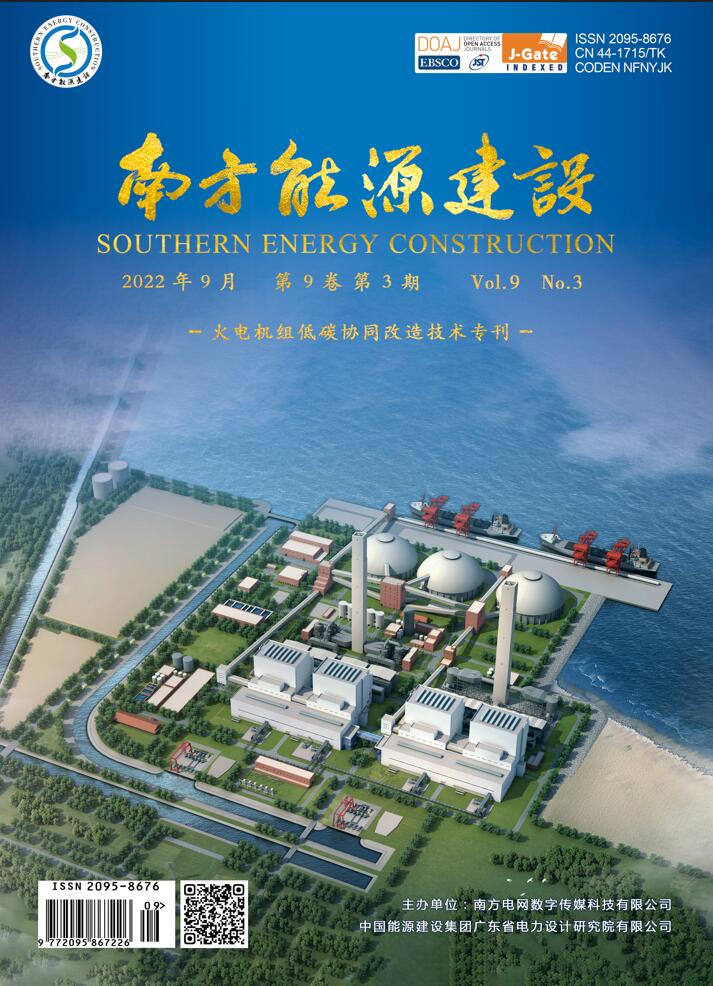








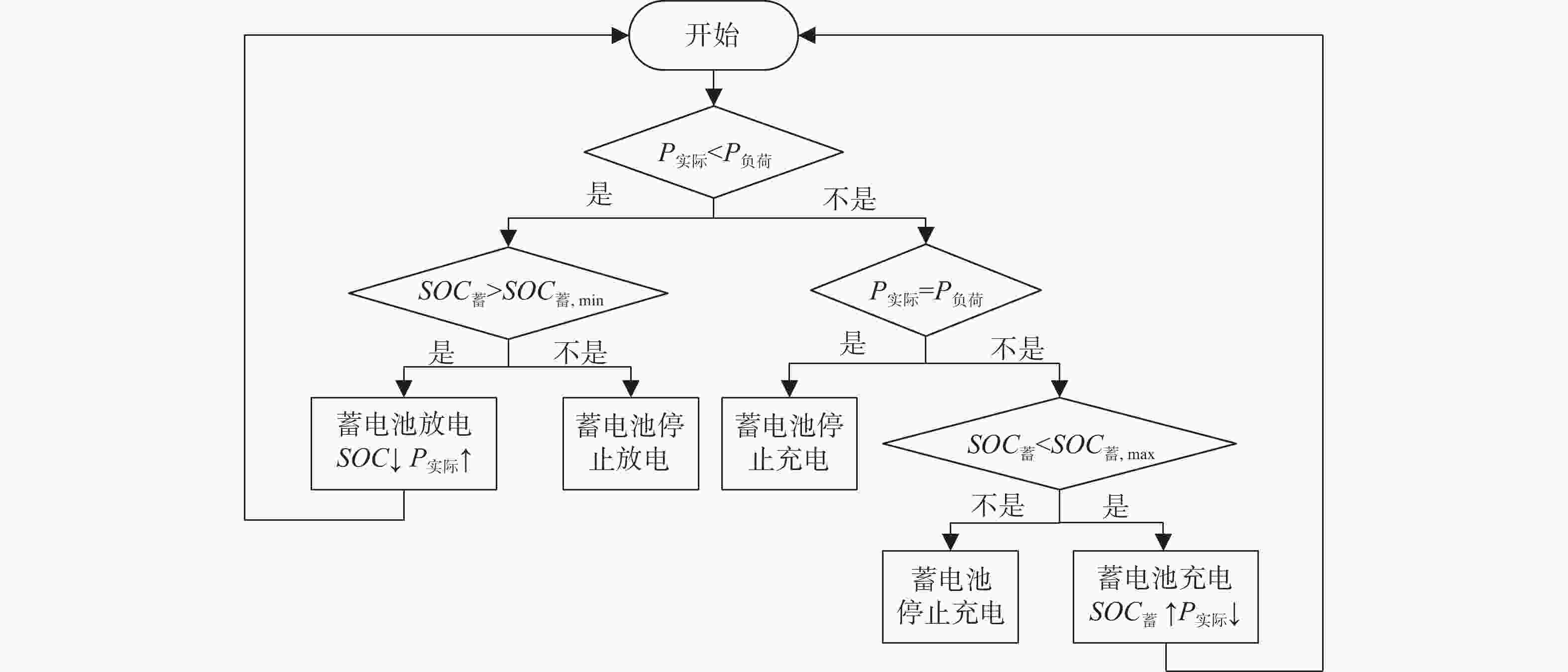
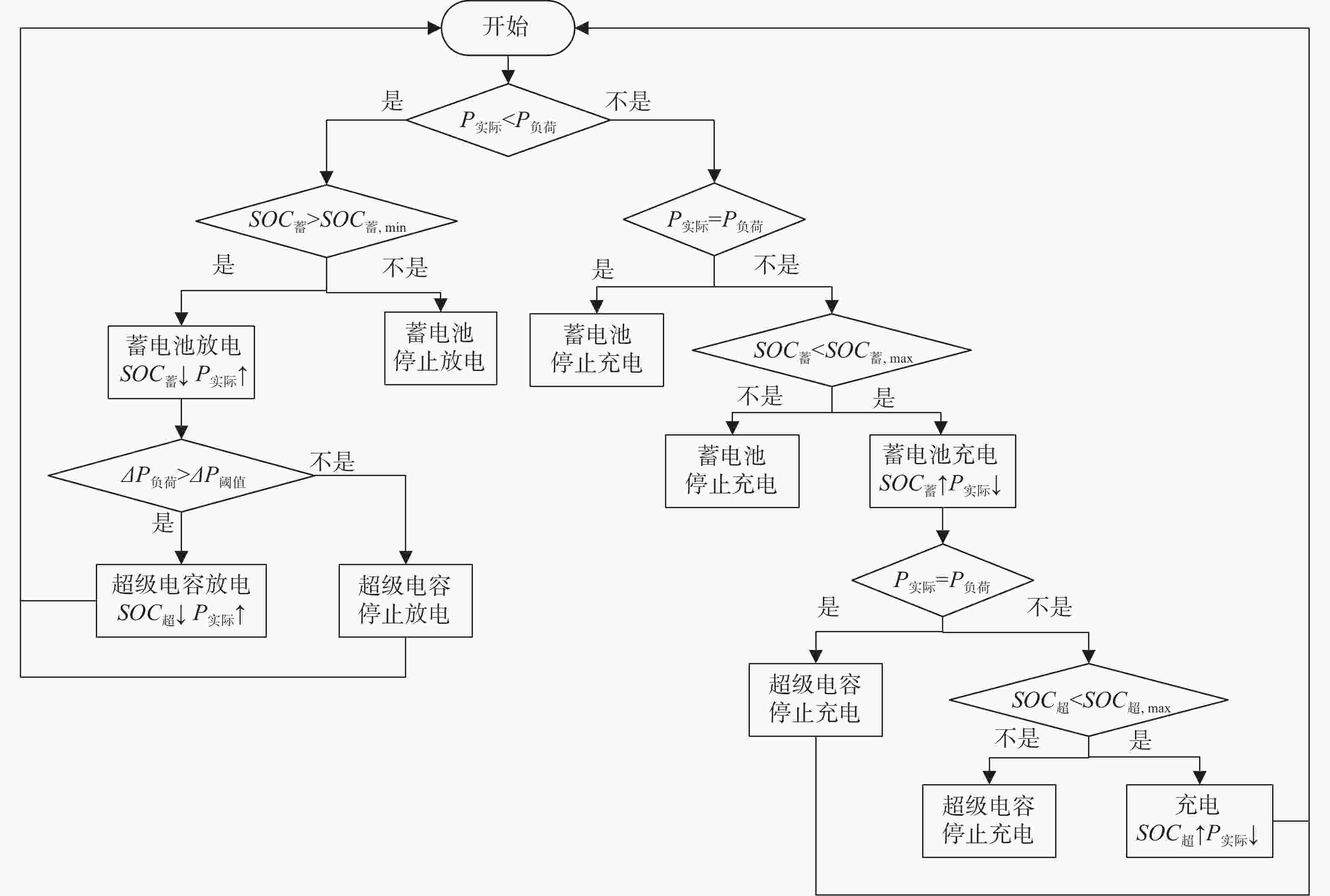
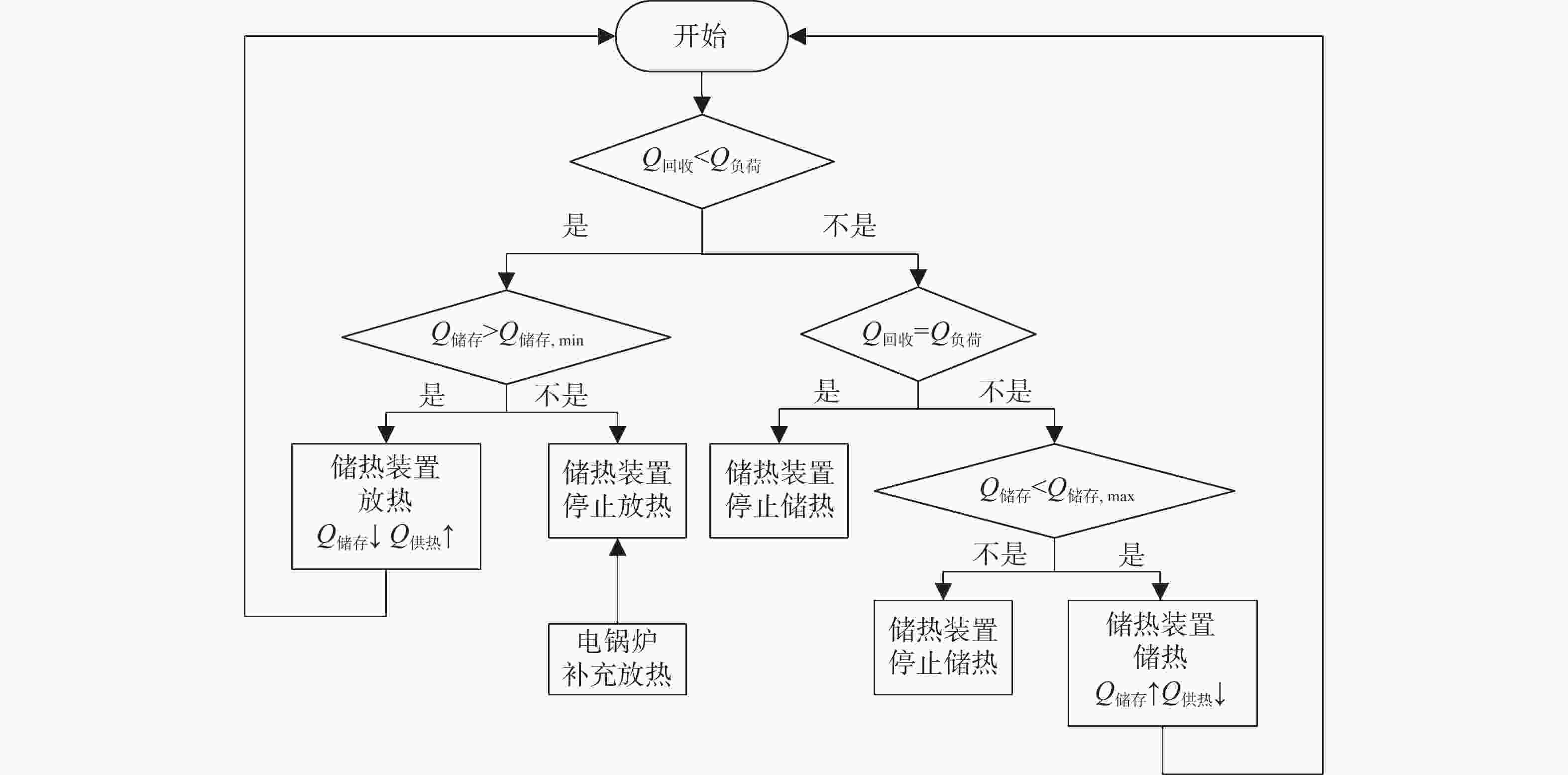

 DownLoad:
DownLoad:


